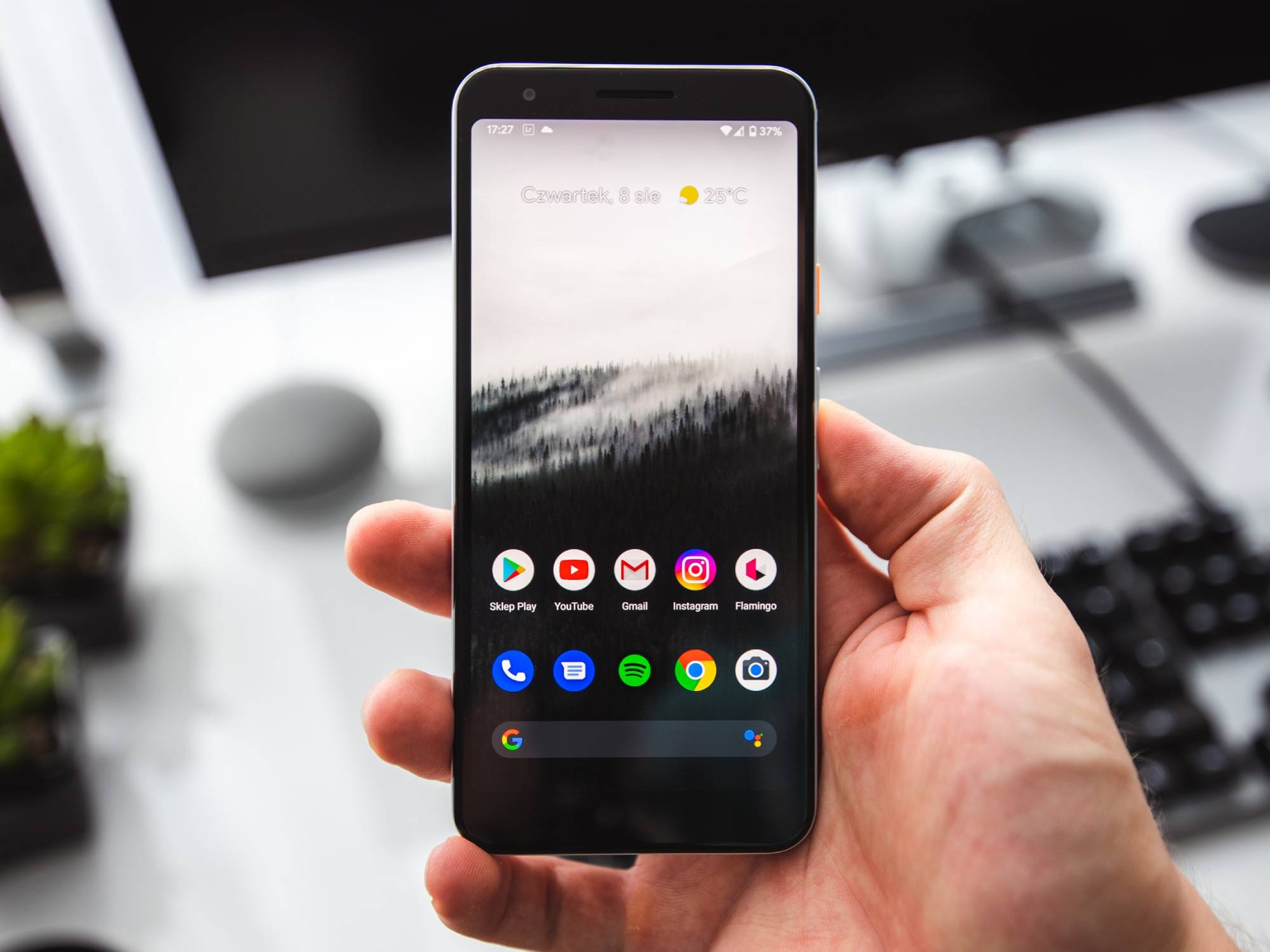
Introduction
Choosing the right prepaid phone plan and device can be challenging. With numerous options available, understanding the features and benefits of each plan and device is essential. This guide will focus on T-Mobile prepaid phones, specifically Android options, to help you make an informed decision.
Understanding T-Mobile Prepaid Plans
T-Mobile offers a variety of prepaid plans designed to cater to different needs and budgets. Known for affordability and flexibility, these plans are an attractive option for many users.
Basic Plans
- Connect by T-Mobile: Starting at $15 per month, this plan includes unlimited talk and text. Data is limited to 2GB per month, which may not be sufficient for heavy internet users.
Mid-Tier Plans
- $30 Plan: Includes unlimited talk and text with 5GB of data.
- $40 Plan: Offers unlimited talk and text with 10GB of data. Suitable for moderate internet usage.
High-Tier Plans
- $60 Plan: Includes unlimited talk, text, and data. Ideal for heavy internet users who need constant access without worrying about data limits.
Additional Features
All T-Mobile prepaid plans come with additional features that enhance the user experience:
- Scam-blocking protection: Identifies suspicious numbers and blocks them.
- Data Maximizer: Compresses data to reduce consumption.
- Caller ID: Provides caller identification.
- Wi-Fi calling: Allows calls over Wi-Fi for better quality in areas with poor cellular coverage.
- Music Unlimited: Offers unlimited music streaming.
Choosing the Right Android Device
Several popular Android devices are compatible with T-Mobile's network. Here are some options:
Samsung Galaxy A15 5G
- Display: 6.5-inch
- RAM: 4GB
- Storage: 64GB
- Connectivity: 5G
- Price: Available with T-Mobile's $60 rate plan
Motorola Moto G Pure
- Display: 6.5-inch
- RAM: 3GB
- Storage: 32GB
- Camera: 13MP
- Connectivity: 4G
- Price: Around $100 on Amazon
UMIDIGI Bison X20
- Display: 6.53-inch
- RAM: 6GB
- Storage: 128GB
- Battery: 6000mAh
- Connectivity: 4G
- Price: Around $180 on Amazon
Nokia and Motorola Options
- Nokia HMD Vibe: 6.56-inch display, 6GB RAM, 128GB storage, dual 13MP camera, 4G connectivity.
- Motorola Moto G Stylus: 6.8-inch display, 4GB RAM, 128GB storage, 50MP camera, 4G connectivity.
Buying Prepaid SIM Cards
Consider purchasing a prepaid SIM card for seamless integration with T-Mobile's network.
T-Mobile Prepaid SIM Card
- Availability: Purchase on Amazon
- Features: Unlimited talk, text, and data for 30 days
- Price: Around $30, includes 5G/4G-LTE high-speed data
International Roaming
T-Mobile offers international roaming options for frequent travelers.
North America Stateside International Add-on
- Features: Unlimited calls from the US, Mexico, or Canada to landlines in over 70 countries. Unlimited texting to over 215 countries.
- Price: $15 per month
Mexico & Canada Unlimited Calling & Texting
- Features: Unlimited calling to and from the U.S., Mexico, and Canada. Unlimited texting to over 215 countries.
- Price: $5 per month
Final Thoughts
Choosing the right prepaid phone plan and device can be overwhelming. T-Mobile offers a variety of options, from basic plans starting at $15 per month to high-tier plans with unlimited data. Additionally, a range of Android devices is available to fit different budgets and lifestyles. Whether seeking a budget-friendly option like the Motorola Moto G Pure or a high-end device like the Samsung Galaxy A15 5G, T-Mobile provides excellent choices. Sign up for a T-Mobile prepaid plan today and experience the best in mobile technology!
